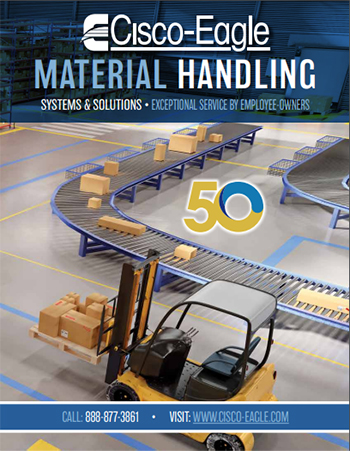Fall Protection Equipment – Harness Adjustment Guidelines
You want your harness to fit the right way, so focus on the most important aspects to increase safety

If your operation requires workers to conduct some aspect from certain heights, then you know fall protection. Keeping your workers safe from falls isn’t just a top priority, it’s most likely the most top priority!
The numbers back this up, with yearly OSHA stats showing falls topping the lists time and time again. There’s even a yearly campaign to raise awareness for stopping falls with education, training and accountability. Combine all of this with protective gear designed to stop falls and protect workers, and you can have an effective fall safety program.
When considering the equipment needed, introducing the right fall arrest system featuring tie-offs, lanyards and harnesses is the lifeblood of this protection. But to ensure the person using them is truly safe, the harness has to fit right.
The right harness means the right protection
There’s no doubt the full-body safety harness is a vital component of an active fall arrest system. To put it bluntly, it’s wrapped around your workers for a reason! The harness serves two purposes: first by distributing fall forces safely across a worker’s body in the event of a free fall, and then by providing freedom of movement sufficient to allow the worker to effectively perform his or her job.
The full-body harness combines the features of a sit harness, which supports the hips and upper legs, and a chest harness, which supports the shoulders and chest. By doing the work of both, this harness keeps the worker upright and in the correctly protected position.
The correct fit is essential for fall protection
A critical aspect of utilizing a full-body harness involves meticulous adjustment to match the contours of the worker’s physique. Failing to achieve a proper fit significantly amplifies the likelihood of worker injuries or, in extreme cases, fatality.
The two main adjustment aspects that you must consider to get the best fit into a full-body harness include:
- The number of adjustment points offered
- How well built and strong are these points when put to the test
Each of these factors matters on its own, but then combines to create a more safe and snug fit for the harness wearer.
Adjustment points matter

The number of adjustment points on a harness can significantly impact its safety level, and of course, the more you have on a harness, the more protection is built-in. Typically, three-point harnesses provide adjustment areas on both leg straps and one across the chest. These harnesses are less suitable for fall protection because they lack vertical adjustment options, which can result in excess harness material being loose around the worker’s body. Loose harnesses during a fall significantly increase the risk of the worker slipping out of the harness.
In contrast, a full-body harness with five adjustment points offers workers the opportunity to achieve a more precise fit. Most 5-point harnesses feature adjustment areas on both leg straps, two torso adjusters, and an additional point of adjustment across the chest. Vertical adjustment options along the torso enable workers of diverse body shapes and sizes to attain a secure and snug harness fit.
Types of adjustment points matter too
Harness manufacturers commonly employ two types of devices for leg and torso adjustment areas. These devices typically differ in terms of price and how well they conform to the contours of the worker’s body. What you want to be aware of is that Insufficient adjustability of the harness fit can increase the worker’s risk of equipment failure.
Leg Adjustment: Quick connect buckles for the win
While some harnesses use grommets for connection, a harness that employs an adjuster called a quick connect or mating buckle is definitely the better choice. This style is reminiscent of a seatbelt because there is a male-end and female-end that join together, making it easier for workers to adjust the harness to their legs with a more customized fit. While the time spent in fitting is slightly increased, the quick connect provides a better fit for a wider variety of people, meaning all of your employees can be protected.
Torso Adjustment: Locking cam is a must
The locking cam unquestionably stands out as the superior choice of adjuster compared to a friction buckle, for several compelling reasons. Featuring a built-in locking mechanism, the cam permits workers to modify the webbing’s tension and subsequently lock it in a secure position. This heightened level of security results in a superior fit for workers and diminishes the chances of harness failure in the event of a fall. The construction of the locking cam lends itself to one-handed adjustments by workers.
Download our catalog
At Cisco-Eagle, we pride ourselves on being a single source for your material handling needs with a long history of performance you can rely on. Because we also believe in empowering our customers with detailed information and options, we’re proud to offer the latest version of our company catalog.
Download the catalog today
Evan Fleishacker




